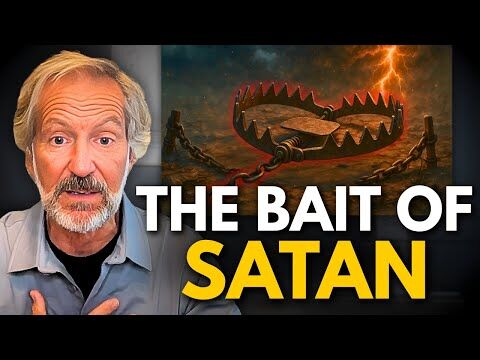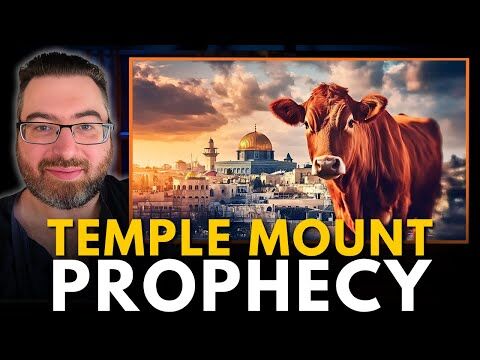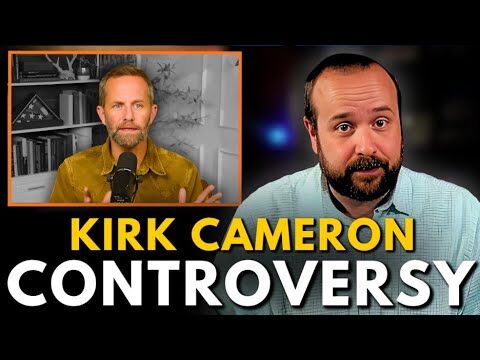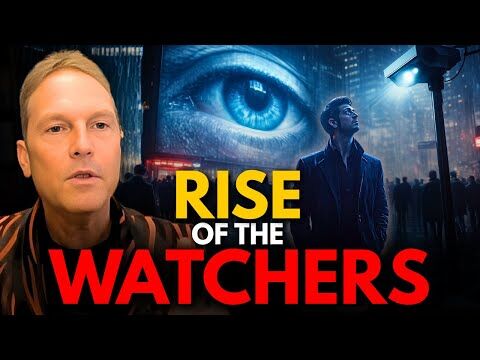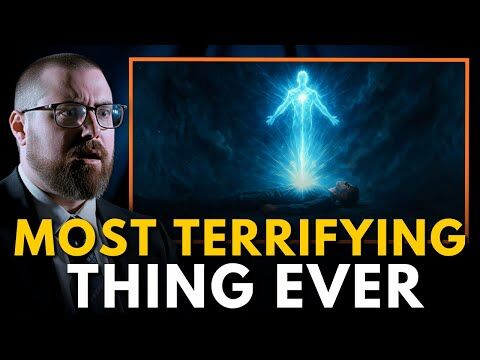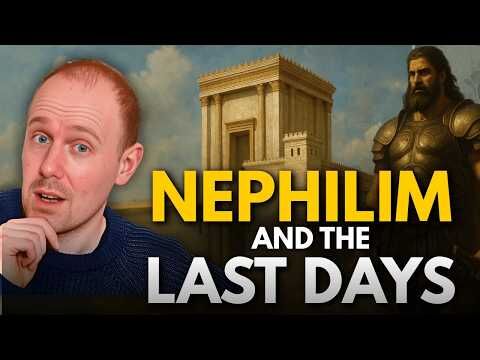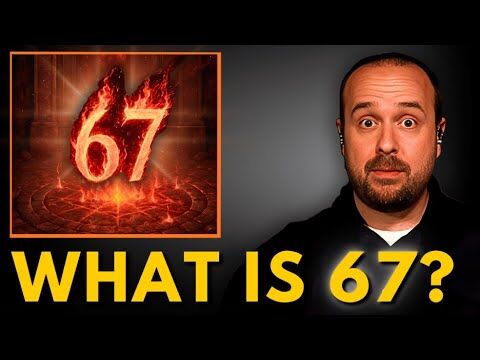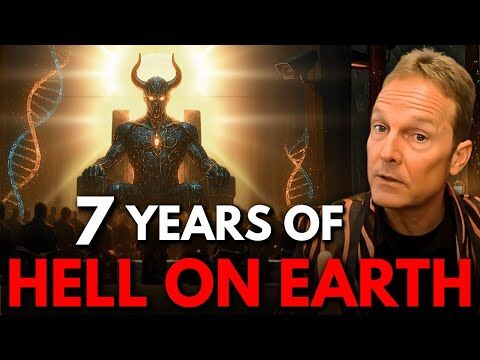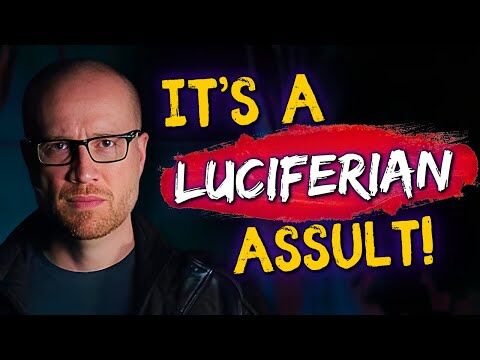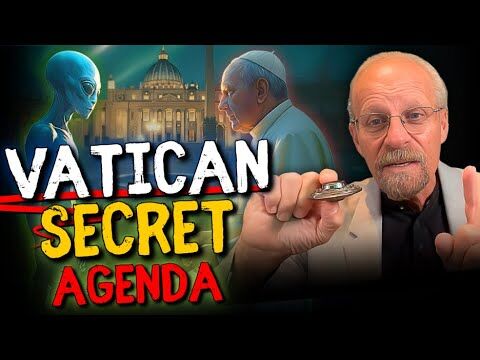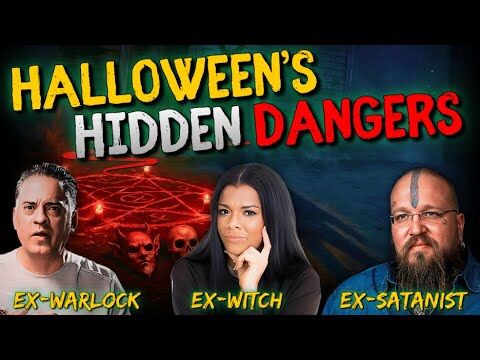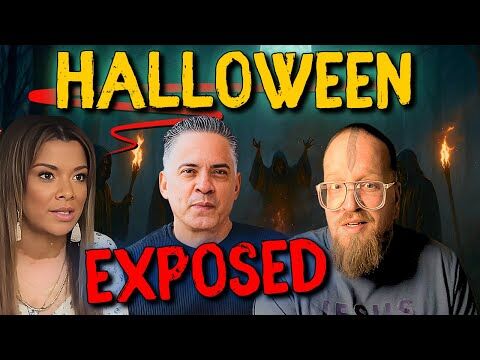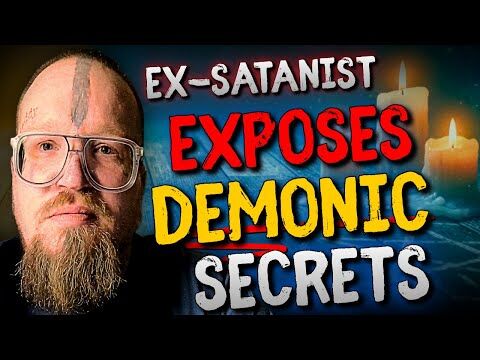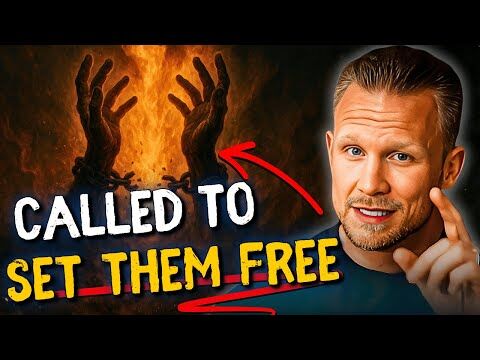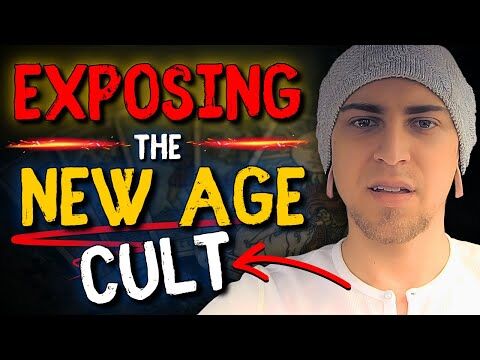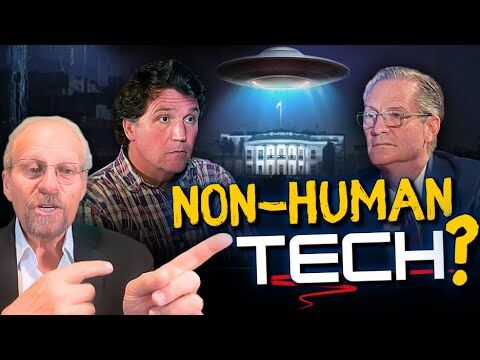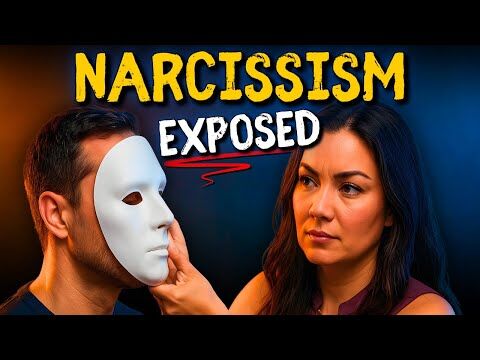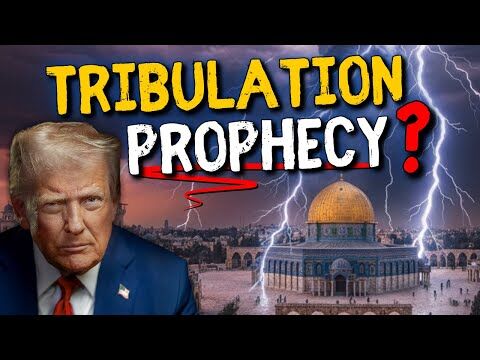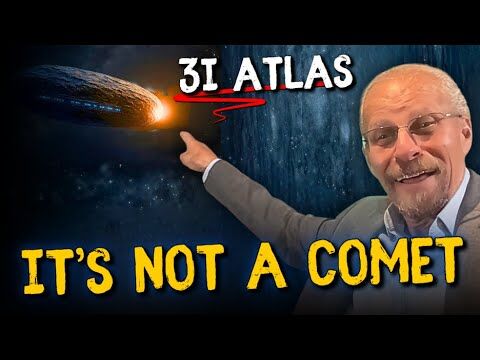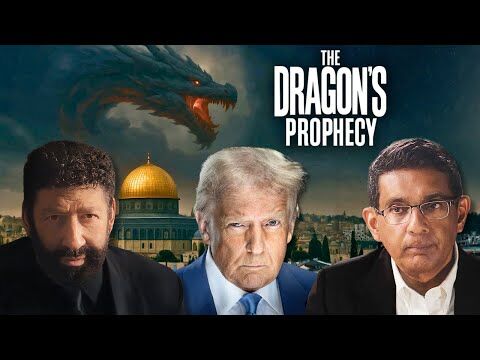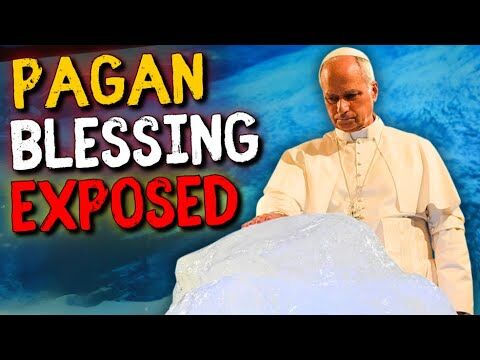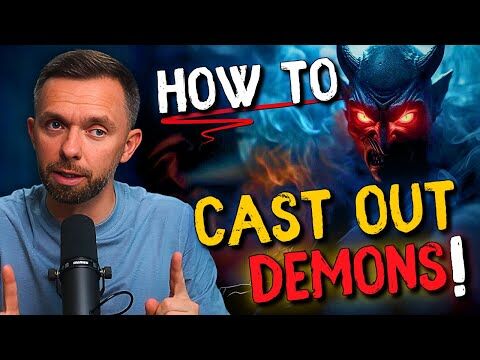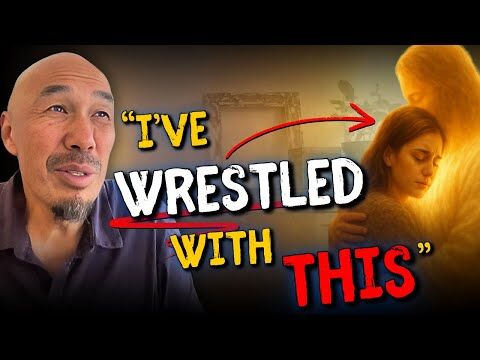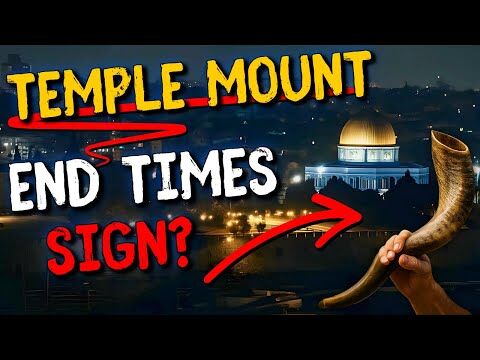The inner-healing method is being used worldwide amid concerns that it is a form of guided-imagery therapy
Even as an adult and devout Christian, “Mary” struggled to overcome a childhood marred by incest. She was seeing a Christian counselor on a weekly basis. But feelings of guilt and shame still crippled her to the point where she was taking antidepressants and a host of other medications.
Her counselor, meanwhile, was facing his own struggles. Ed Smith had been a Southern Baptist pastor for 17 years before opening a Christian counseling
practice in Campbellsville, Ky., in 1991. He thrived on helping others but by 1996 was completely burned out, discouraged that his clients were not seeing significant results.
Smith, who had a doctorate in pastoral ministry from Midwestern Baptist Theological Seminary in Kansas City, Mo., was using cognitive therapy–the same as many other counselors, Christian and non-Christian.
Week after week, often growing into year after year, Smith would discuss with his clients their past trauma, such as rape, incest or abuse. “I would look for ways to apply biblical truths,” he said. “I would tell them these truths repeatedly.”
Yet his clients still struggled with guilt, shame and other emotional pain.
“What I was doing was a farce,” Smith said.
It dawned on him that he was actually standing in God’s way. So he came up with a simple approach and used it in his next session with Mary (not her real name). Instead of discussing her painful past, Smith told Mary to “go to the memory” of her childhood abuse. He then prayed aloud a simple prayer: “Lord Jesus, what is it You want Mary to know in this memory?”
The results were dramatic, Smith said, as Mary encountered God’s presence and healing power. What’s more, he said, for the first time Mary grasped that she was not at fault for what had happened to her as a little girl.
The guilt and shame were gone and Mary soon no longer needed to see Smith nor was she in need of prescription drugs. Her medical doctor was stunned and called Smith. “He wanted to know what I had done,” Smith said.
Smith explained to him the concept, which he named “theophostic prayer ministry”–“theo” meaning God and “phostic” meaning light. The doctor was soon referring a host of other patients to Smith.
That was eight years ago, and since that time Smith changed his practice into a ministry–International Association for Theophostic Ministry–and focuses on training people in theophostic prayer ministry (TPM). Smith doesn’t know how many pastors and laypeople minister in TPM, but one indication of its growing popularity is that his office receives an average of 800-1,000 requests per month for basic training kits. Based on those requests, TPM is being used in more than 100 countries.
“Theophostic ministry is shining the light of Christ into darkness,” said Jean LaCour of Orlando, Fla., who has been ministering with TPM since 1999. “We simply lead the person to the feet of Jesus through prayer, and allow God to reveal His truth to their wounded heart and mind.”
Smith said that oftentimes the woundedness stems from what he calls lie-based pain. “I believe that emotional pain in people’s lives is almost always rooted in what they believe–not what is, but what they believe,” he said. “That’s why in traditional counseling, people have to keep going back over and over again. Because counseling can’t give them the experience that God wants to give them.”
TPM is used in various churches–from charismatic and Pentecostal to Baptist and Roman Catholic. Recognized leaders such as John and Paula Sandford, Paul Meier of New Life Clinics and Charles Kraft of Fuller Theological Seminary also use the method. Smith has recently spoken at annual conventions for the American Association of Christian Counselors and the Christian Association of Psychological Studies.
But TPM is not without its critics, who say the method is actually guided imagery and age regression therapy. David Entwistle, a Christian psychologist who has researched and written about theophostic prayer ministry, said several elements of TPM troubled him. For one, he said TPM techniques may not offer adequate safeguards to distinguish true from false memories.
But for Entwistle, the most central issue is how to understand the presence of Jesus in the “memories” of people undergoing TPM. “On what basis are we to conclude whether the appearance of Jesus in TPM is literal or figurative, based on revelation or imagination?”
Smith said TPM training seminars and resources stress that TPM facilitators are never to engage in guided imagery or recovered memory therapy. “We don’t do that,” he said. “We’re not implanting or suggesting any kind of memory content. We’re to be careful that we’re not the ones trying to give the person the truth.”
However, Smith said, he cannot monitor everyone who claims to use theophostic ministry. “Theophostic is simply a tool and people can use it improperly,” LaCour explained.
She added that she believes God has been using TPM all along. “It is profound how Jesus expresses His tender love to people,” she told Charisma. “His love that I have seen poured out is more tender, more fierce, more cleansing than I could ever imagine.”
Nancy Justice













